Apple brings back the spinning numbers wheel to the iOS alarm clock; mixed VR headset coming H2 2022

One of the least popular changes that Apple made to iOS last year was to remove the "spinning" numbers wheel used to set the alarm clock and the timer to a precise time on the iPhone. Apple replaced this in iOS 14 with a number pad and a small numbers wheel that wasn't quite as convenient to use. So frankly we were happy to discover that Apple brought the spinner back for setting an alarm.
Apple brings the "spinning" number wheel back to the iPhone's alarm clock
It seems that Apple is aware that not every iPhone user prefers to spin their way to the correct time. As a result, while Apple brought the spinner back, it also did not completely remove the number pad. So keep this in mind. If you would prefer to tap in the exact time when you want the alarm to go off in the morning, a quick tap of the spinner with your finger will open the number pad at the bottom of the display and allow you to click in that time.
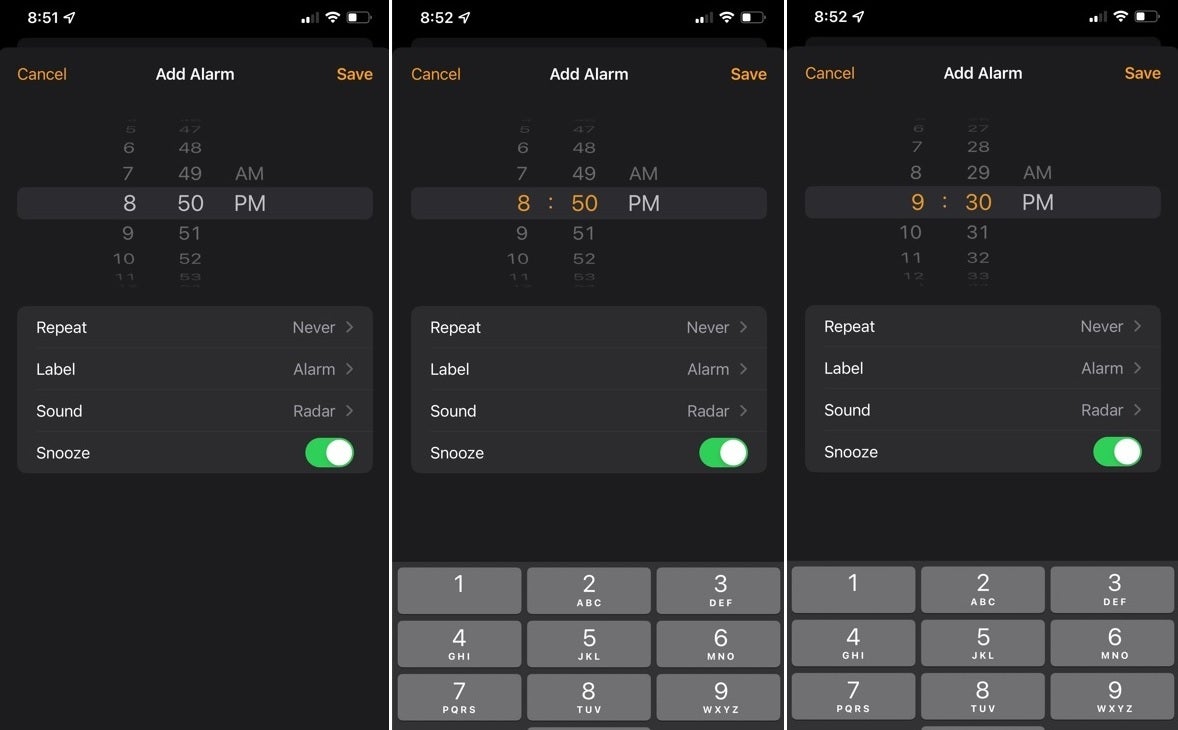
The spinning numbers wheel returns in iOS 15. If you miss the number pad, you can tap the spinner to bring it back at the bottom of the screen
The spinning numbers wheel now appears in other apps including Google Calendar. Which input method do you prefer?
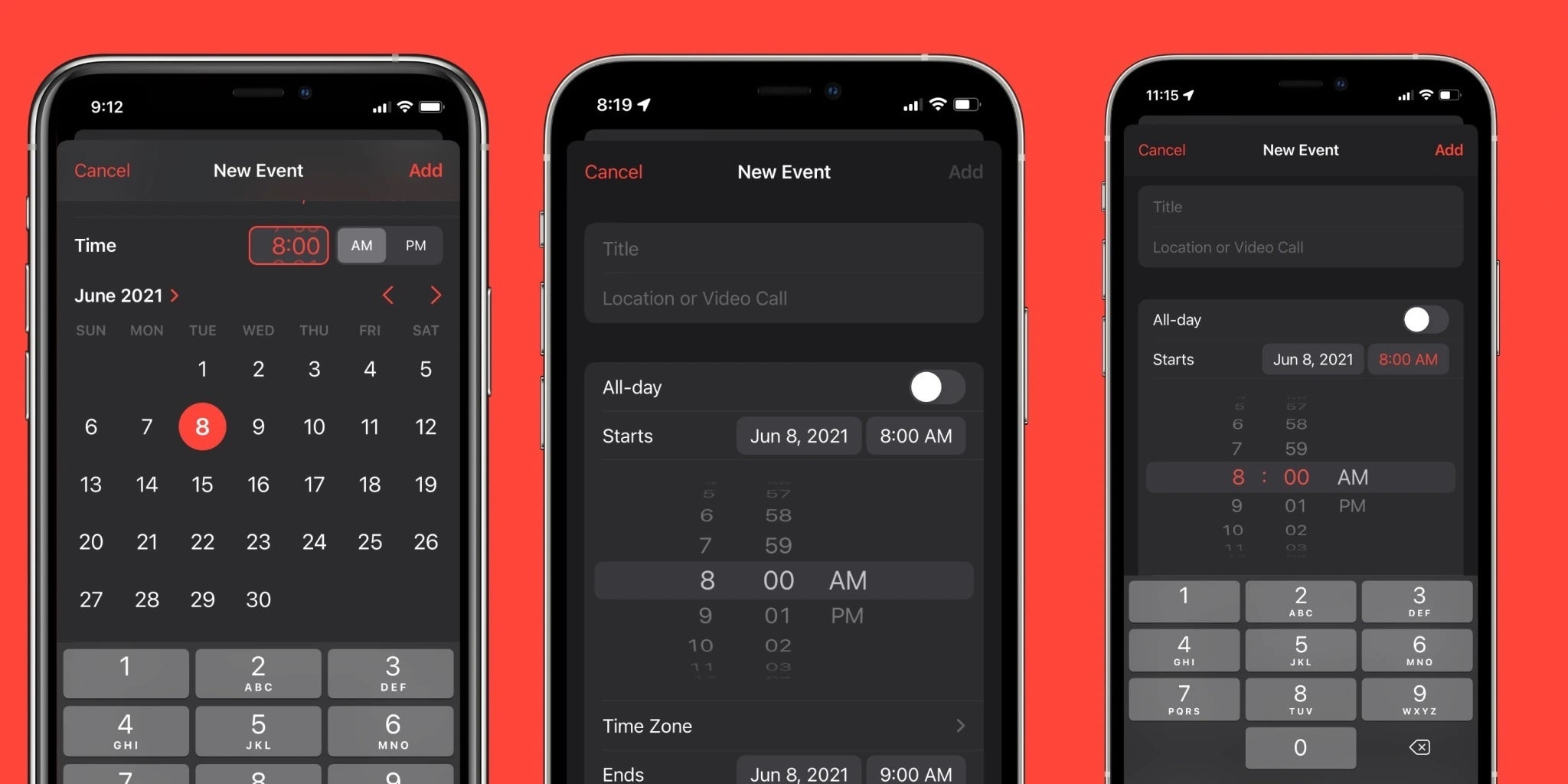
Google Calendar also uses both the spinning numbers wheel and the number pad
According to the translated version of the Taiwanese edition of Digitimes, Apple's first AR headset has completed the second phase of prototype testing. The device is expected to undergo mass production during next year's second quarter before being released during the second half of 2022. The first generation of Apple's mixed reality headset will reportedly be bulky and expensive.
With as many as 15 camera modules, eye tracking, and iris recognition, the mixed reality AR/VR Apple headset could be priced between $2,000 and $3,000. A few years ago, there was talk about a high-end version of the headset powered by a 5nm chipset with a frame made of "high-strength, lightweight magnesium alloy material containing trace rare earth elements." This version of the headset is believed to be aimed at industrial users.
Virtual Reality replaces your real-world with a 3D environment that passes for real in your mind. This is perfect for game players who can enjoy an immersive experience. Processing for the headset would be conducted by the user's iPhone which would connect to the headset via Bluetooth. Digitimes' report says that Apple could ship 2 million units annually. Right now the tech giant is said to be reducing the weight of the mixed reality headset while looking to improve the efficiency of the battery.
Will Apple Glasses end up being bigger than the iPhone?
Not too long after the release of the mixed reality AR headset, we should see Apple release Apple Glasses, its AR-based smartglasses, sometime after 2023 and possibly as late as 2025. Apple CEO Tim Cook loves Augmented Reality which uses overlays on top of a real-world image. For example, in Apple Maps, AR walking directions (like a large arrow) are placed on top of a real-world image with these arrows pointing you in the right direction while boxes point out landmarks.
Even if you're leaning toward Apple Glasses and have no feelings about the mixed reality headset, it still would behoove you to keep an eye on what Apple does with its AR/VR device. That's because some of the AR features that Apple includes with the headset could easily find their way into Apple Glasses. Reportedly, Apple Glasses will look like Facebook's recently announced Ray-Ban glasses but contain more features.
WCCFtech believes that Apple will end up creating its own silicon for Apple Glasses, possibly using the 2nm process node. At one time, there was a belief that Apple Glasses would be Apple's next big thing with analyst Gene Munster calling for the device to be bigger than the iPhone.
Follow us on Google News

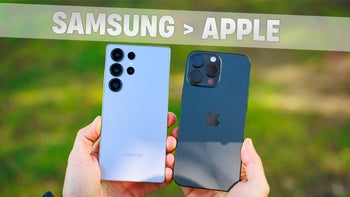
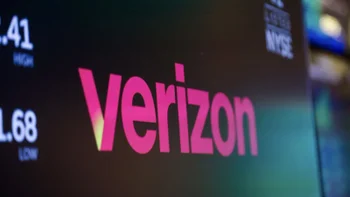

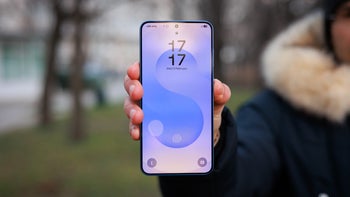



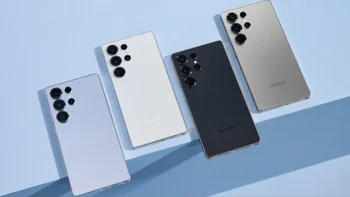
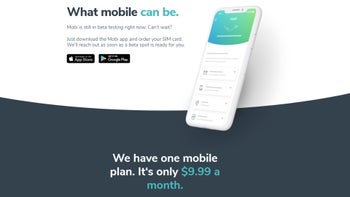
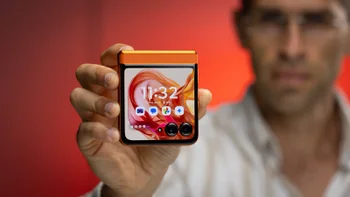
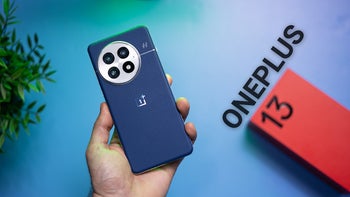
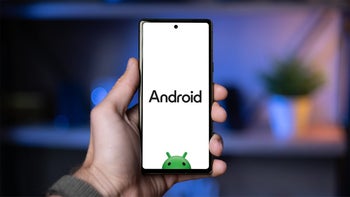
Things that are NOT allowed:
To help keep our community safe and free from spam, we apply temporary limits to newly created accounts: